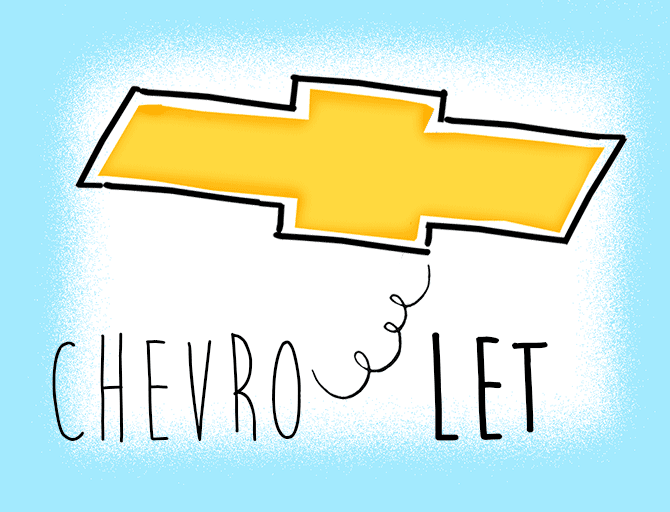 | « Back to article | Print this article |
Why Chevrolet bid India goodbye
Why did GM’s iconic all American brand mess up its chances in one of the fastest growing automobile markets?
Illustration: Dominic Xavier/Rediff.com.

After nearly two decades of battling recalls, low margins and global financial crises, GM finally packed up its show in India.
It will no longer sell cars in the country, but continue to use it as an export hub.
With that the Chevrolet, GM’s face in the country and one of the most awarded and recognised brands in the auto universe, will take its wheels off the road.
The company explained its decision saying that GM is committed to deploying its capital to higher return initiatives.
“We explored many options, but determined the increased investment originally planned for India would not deliver the returns of other significant global opportunities,” a company statement quoted Stefan Jacoby, president of GM International, as saying.
Analysts believe that the company may have been caught short because of rigid adherence to a global marketing template and poor product mix. GM's India strategy has been under pressure for years. Sales have been on a steady decline after peaking in 2011 (when it had sold more than 1.1 million units) and market share has shrunk to less than one per cent in the country's three million passenger vehicle market. It sold a tad more than 25,000 units in 2016-17.
Where did GM lose its way?
Some point to the Tavera recall (one of its most popular models) in 2013-14 when the company was found to have fallen short of the country’s emission norms.
Others say that the company never took to the Indian way, sticking to a global strategy without adapting to local tastes and flavours.
One big mistake has been the product mix, says Anil Sharma, principal analyst, IHS Automotive. “The company's failure has less to do with brand visibility and more to do with product line-up. Not focusing enough on the hatchback segment when the average customer it was targeting was the quintessential Maruti and Hyundai buyer looking for a hatch, was not a good strategy.”
The Beat was the last hatchback that GM brought into the country; it was soon set aside for a line of sedans that never hit the sweet spot.
Another reason, analysts point out, is that the company failed to follow the ‘a car for every purse and purpose’ strategy propounded by one of its most successful and well-regarded CEOs, Alfred Sloan. Sloan's strategy, as he had outlined in the 1924 annual report, carved the US vehicle market into segments by price. Each GM brand was aligned with a segment. The Chevy was at the low end of the market and Cadillac at the high end.
For India, GM did not get this right. Other international auto majors have hedged their bets, ensuring a better mix of brands and greater visibility on the street but GM stuck with a small line-up.
Interestingly, GM India does not fare as badly when its sales are compared with Fiat, Skoda, and even Nissan. GM has been selling more.
Analysts point out that the other brands can take a financial hit as they are able to spread this over a larger product line-up or in separate businesses. Skoda is part of the Volkswagen Group and Nissan is with Renault, which has hit the highs with Kwid hatch. Fiat's off-the-shelf engines, for example, are a big hit among auto companies, Maruti and Tata among others.
GM, analysts say, preferred to focus on profitable markets such as China, North America. In India, the company's accumulated losses are estimated to be around Rs 8,000 crore. Market insiders say the company relied too heavily on discounts (push strategy) as opposed to investing in building a brand in the country (pull strategy).
India is primarily a small car market and Maruti Suzuki and Hyundai are market leaders in this segment currently. Both have managed to straddle the hatchback-sedan markets and played the price-discount game without diluting the identities of their brands.
Discounts are a popular way to push showroom sales, but it must be done so that the core brand’s image is not impacted. It is important to separate the image from the discount and at times calibrate the price-value proposition in such a way that it appeals to customers looking for affordability and exclusivity.
GM has been steadfast in its refusal to discuss these issues, but moving out of India is part of a larger global strategy. The company exited Russia in 2015, and has either sold or closed 13 plants across the globe in the past few years.
